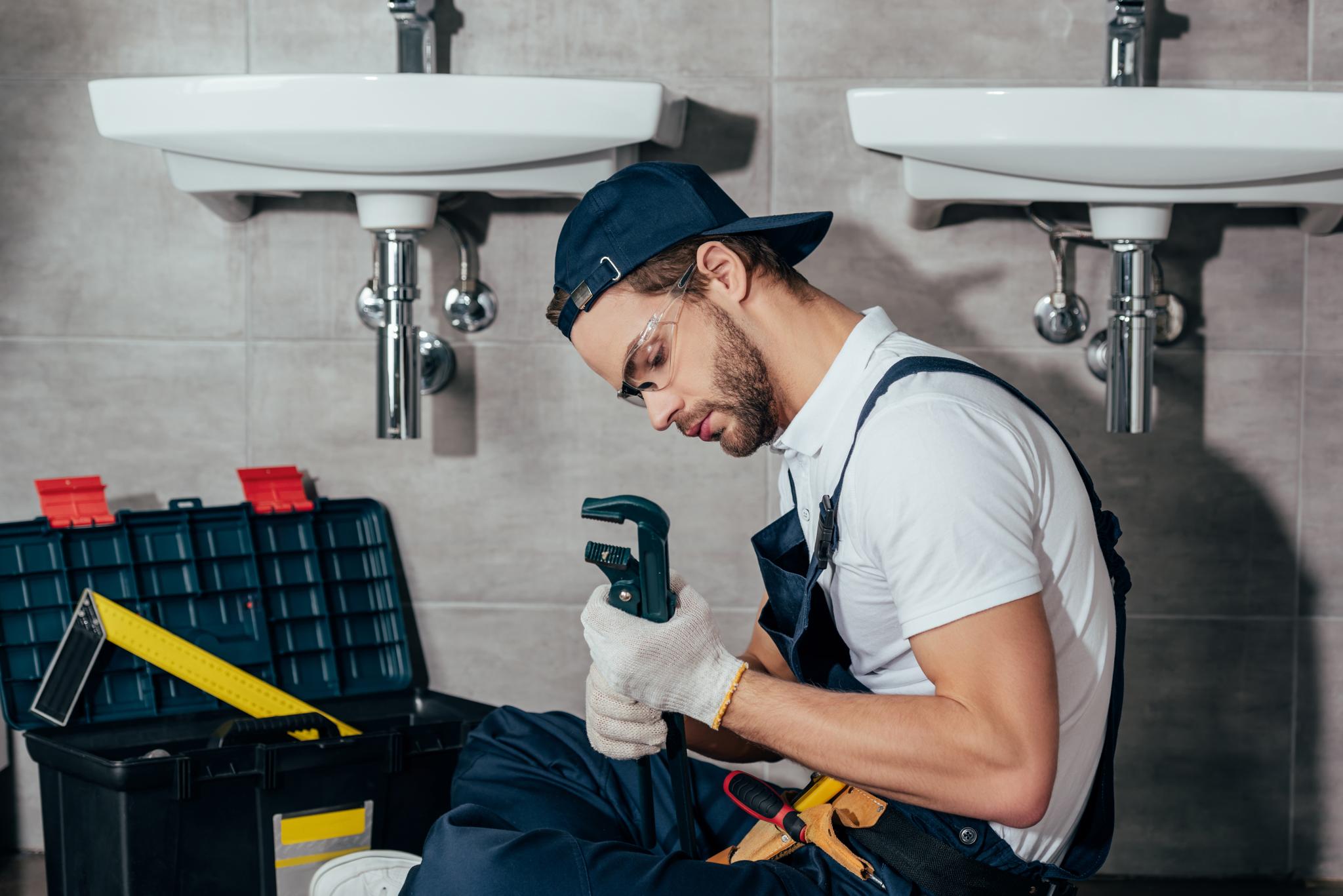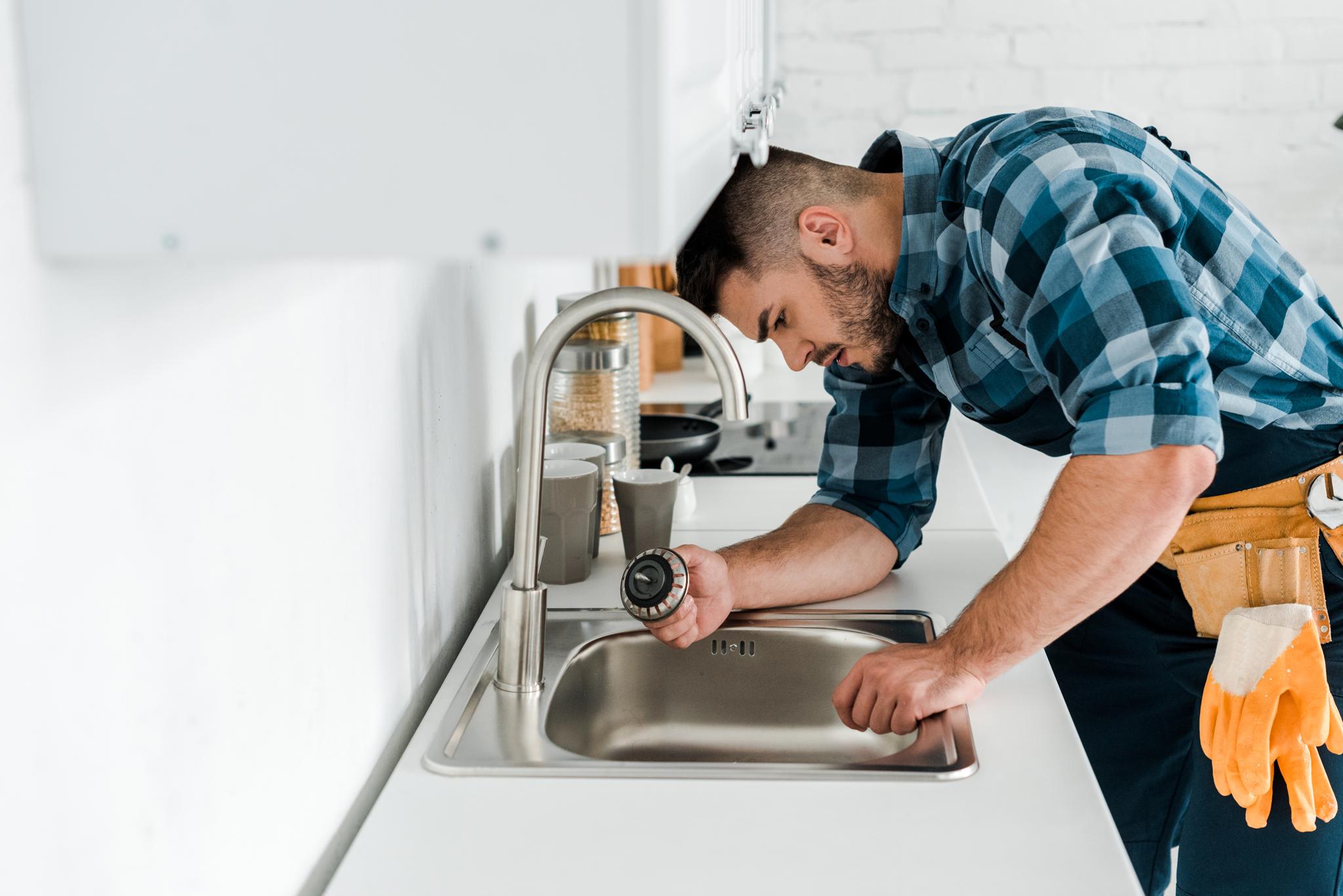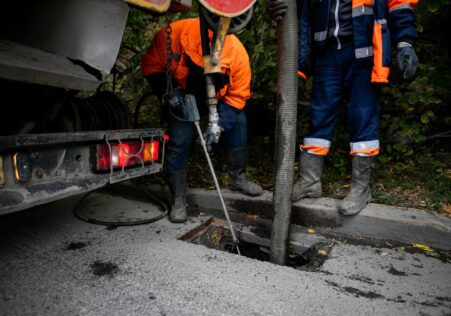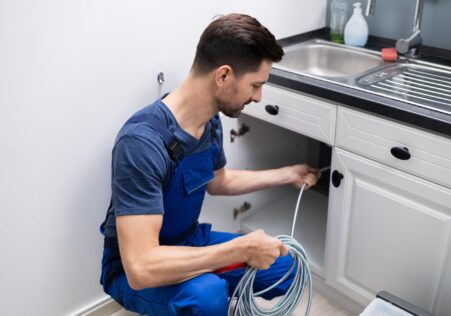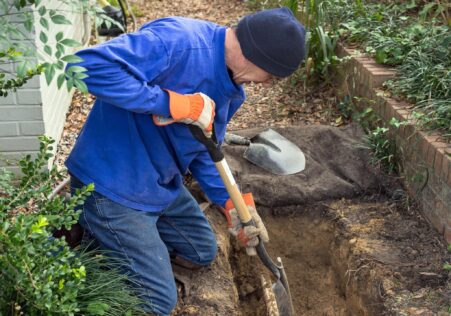What to Do When Your Toilet is Blocked: A Step-by-Step Guide

Toilet blockages can happen at any moment and are a common issue for homeowners. They can be unpleasant, messy, and inconvenient and require immediate attention. But, you don’t necessarily need to call a plumber right away. In this blog we’ll take you through a few easy ways to clean your toilet within a matter of minutes.
Key Takeaways
- Toilet blockages can be solved with simple tools and methods like a plunger baking soda
The tools you’ll need
Before we get started we must be prepared with these tools:
- Rubber Gloves
- Plunger
- Baking Soda and Vinegar (Optional)
- Hook for the Wire Coat or plumbing Snake (Optional)
Step 1: Switch off the supply of water valve.
The first thing you should do when facing a clogged toilet is to turn off water valves in front of the toilet. This ensures that there is no further water entering the tank as you try to get it unclogged. The valve is usually found near to the base of tank on the other side.
Step 2: Guard yourself with rubber gloves.
Hands must be protected from germs or bacteria present in your toilet with rubber gloves before making use of any tool to clear the toilet.
Step 3: Use a plunger.
A plunger is the most efficient tool for clearing toilets of blockages. Begin by pressing down to the plunger, until all air is removed from it, then place it in the hole in your toilet bowl. Begin to plunging upwards and downwards for approximately 20 seconds. The suction caused by plunging back and forth will help remove any blockages.
Tips:
- Use a firm but controlled movement.
- Place holes around sinks or shower drains if close by to prevent the air from escaping when you plunge.
Step 4: Try baking soda with vinegar.
If plunges don’t work then try this alternative method to pour half a mug of baking soda as well as one cups of white vinegar to the toilet. The mixture should sit for approximately 15 minutes. It will begin to bubble, and when it stops you can pour hot water down (not boiling) to remove the obstruction.
Step 5: Use a wire coat hanger or a plumbing snake.
If both plunging and baking soda/vinegar techniques have failed and you are in need of a solution, it’s time to use an electric coat hanger or plumbing snake. You can straighten out the coat hanger’s wire until you are left with a thin and long wire that has a hook bent at one end. You can also use to use the plumbing snake that was specifically designed for clearing drain blockages. Install the snake in the drain hole of your toilet and twist to turn, push, to the point where you can feel a resistance. it’s the place where the blockage is. Try to break up any obstructions using a back-and-forth movement without causing damage to your pipe.
Note:
- Be careful not to push or pull actions as they could create more problems.
Step 6: Switch on the water supply, and then check the result.
Once you’ve removed any obstructions, it’s vital to turn on the supply of water on your toilet bowl once more. After that, flush it a few times to make sure all water flows smoothly now!
| Tools | Description |
|---|---|
| Rubber Gloves | Hand protection from potential bacteria or germs present in the toilet bowl. |
| Plunger | Most effective tool for clearing up blocked toilets. Press firmly over the hole in your toilet bowl and plunge vigorously up and down for about 20 seconds. |
| Baking Soda and Vinegar | Mixture to use if plunging doesn’t work. Pour half a cup of baking soda and one cup of vinegar into the toilet bowl. Let this mixture settle for about 15 minutes, then pour hot water down (not boiling) to flush out the blockage. |
| Wire Coat Hanger or Plumbing Snake | Tools to use if both plunging and baking soda/vinegar methods have failed. Straighten the wire coat hanger until you have a long thin wire with a hook bent at one end or use the plumbing snake, which is designed specifically for clearing drain clogs. |
Frequently Asked Questions
What can I do to tell when my toilet is not functioning properly?
A obvious indicators of a clogged toilet is when the water level rises to the brim after flushing. There is a possibility that the water drains slowly or you hear gurgling sounds coming from the toilet.
What should I do if the toilet is blocked?
If you think the toilet is blocked, avoid trying to flush it once more as this could result in flooding. Instead, shut off the supply of water to the valve that is behind the toilet, and use a plunger to try and remove any blockages. If this doesn’t work, call Sydney Blocked Drains Plumbing for professional help.
How can I stop my toilet from getting blocked?
Yes! There are many actions you can take to avoid your toilet becoming blocked. One of them is to avoid flushing non-degradable products like toiletries, wet wipes or cotton wool in the toilet. Avoid spilling oil or grease down the sink as it will cause it to solidify and block pipes.
What is the best time to call an experienced plumber to fix a toilet that has become blocked?
If you’ve tried plunging your toilet but it still doesn’t clear or you believe there’s a bigger issue with the plumbing system, causing frequent blockages, it’s time to contact a professional plumber, such as Sydney Blocked Drains Plumbing . We have many years of experience with all kinds of plumbing problems and can quickly diagnose and resolve any issues without causing any interruption to your house.
How often should I have my drains cleaned?
It is recommended to have the drains cleaned out by experts like Sydney Blocked Drains Plumbing every 1-2 years. This will reduce the chance of blockages and help keep your plumbing system operating smoothly. However, if you frequently encounter blockages in your drains or slow draining of water despite being careful to not block them, then regular cleaning is beneficial.
These procedures are fairly easy to implement and the majority of these items are readily available in households. If you’re facing a blocked toilet, prior to being anxious after attempting the methods mentioned above – contact Sydney Blocked Drains Plumbing ‘s expert plumbers located in Sydney , if you’re in search of professional assistance for those blocked toilets.
Additional Information
- Don’t Get Caught Unprepared! What You Need to Do Before a CCTV Drain Inspection
- D. I.Y Drain Cleaning: The Risks and Benefits Compared to Professional Solutions
- CCTV Drain Inspection Technology: Detecting Corrosion in Sewer Pipes
- Understanding the Technical Aspects of a CCTV Drain Inspection Report
- Reasons Why CCTV Drain Inspection is a Must Before Purchasing a Property
- 5 Reasons Why You Should Hire Professionals for Drain Cleaning Services
- Save Money and Time with Preventative Drain Care Practices
- The Benefits of Unblocking Blocked Drains for Your Business
- How CCTV Drain Inspection Can Save You Money in the Long Run
- Inspecting Drains Using CCTV to Detect Root Infiltration: Benefits for Property Owners


